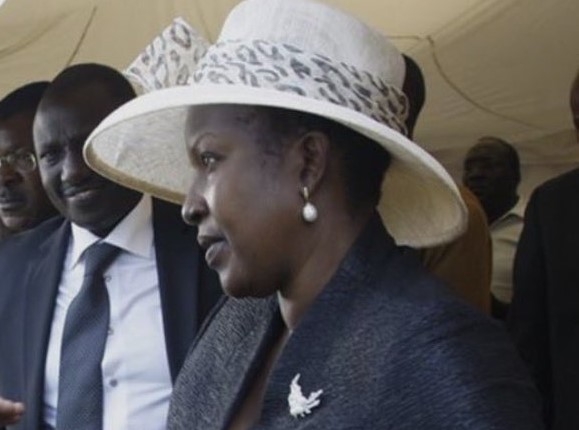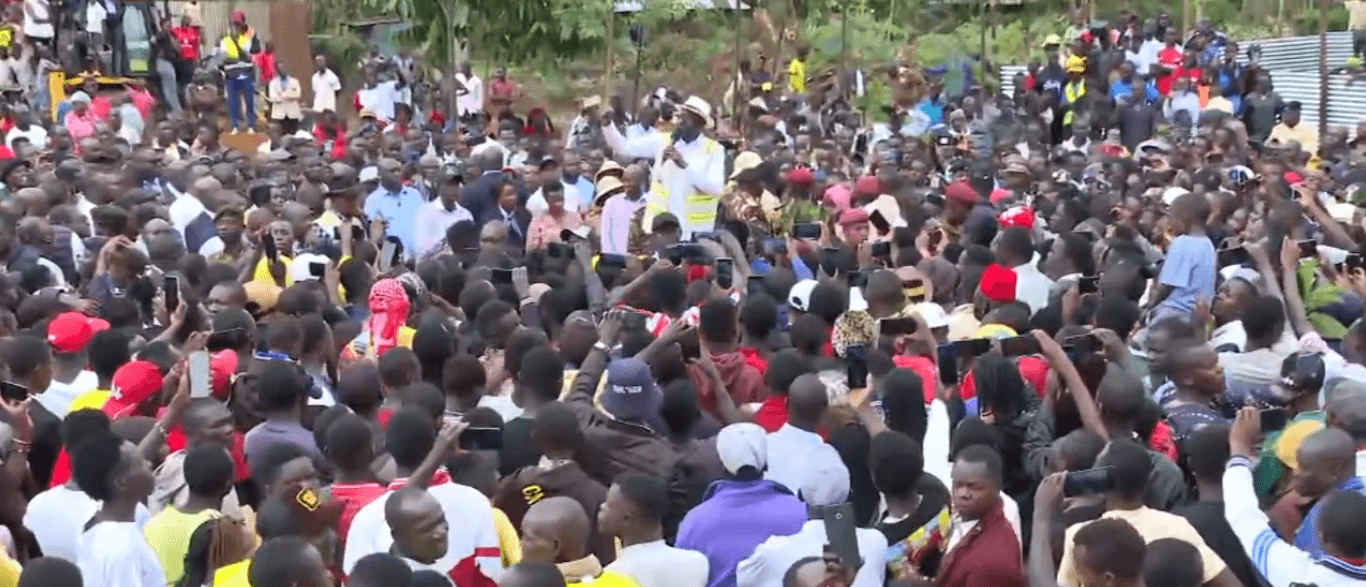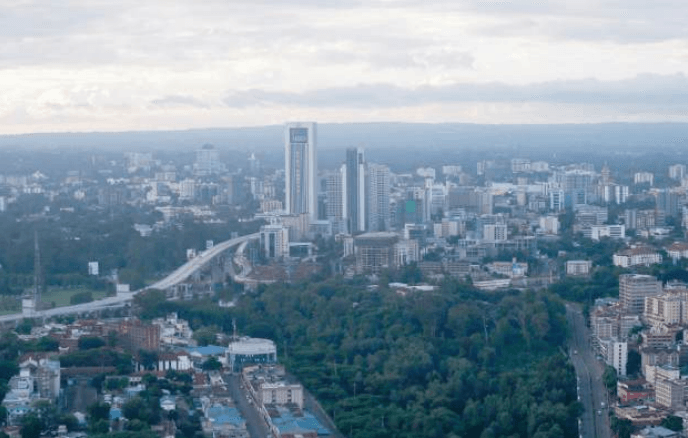Two suspected poachers were at the weekend arrested while in possession of six pieces of elephant tusks in Tigania East, Meru county.
They had wrapped the tusks weighing 18.5 kilos in four sacks when police and Kenya Wildlife Service officials intercepted them.
Police said the two were nabbed at Muriamburi Junction Mulika area on July 18, as they transported the same to a potential buyer aboard a motorcycle.
The suspects will be charged with being in possession of wildlife trophies of endangered species, contrary to Section 92(4) of the Wildlife Conservation Management Act 2013.
Officials said the seizure shows up to three elephants had been killed and there is a likelihood the incidents happened in the nearby parks.
The seizures continue despite harsh penalties on those found with the tusks and a ban on international ivory trade.
African elephants are still being poached in large numbers for their tusks, which fetch a fortune in the black market, as a surge in demand for ivory continues to fuel the illicit trade.
Asia and the Middle East propel the demand, as elephant tusks and rhino horns are used to make ornaments and traditional medicines.
Regionally, Kenya has also emerged as a major transit route for ivory destined for Asian markets from eastern and central Africa.
As part of efforts to stop the menace, KWS and stakeholders have put in place mechanisms to eradicate all forms of wildlife crime, particularly poaching.
Kenya is using high-tech surveillance equipment, including drones, to track poachers and keep tabs on elephants and rhinos.
Other mechanisms include enhanced community education, interagency collaboration and intensive intelligence-led operations, among others.
These efforts led to zero rhino poaching in Kenya in 2020-the first time in about two decades.
On April 30, 2016, Kenya set ablaze 105 tonnes of elephant ivory and 1.35 tonnes of rhino horn.
Former President Uhuru Kenyatta led world leaders and conservationists in burning the remains of 6,500 elephants and 450 rhinos killed for their tusks and horns.
Parliament also passed strict anti-poaching laws and the government has beefed up security at parks to stop poaching, which threatens the tourism industry.











